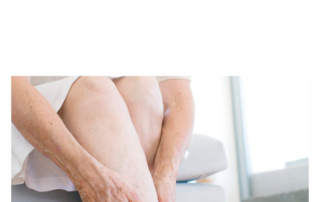Does La Jolla Vein & Vascular treat acne and other skin conditions?
Since 2001, Dr. Heidi Busch has been a trusted name in dermatology, holding board certification from the American Board of Dermatology. With a focus on medical, surgical, and cosmetic dermatology, Dr. Busch brings extensive expertise and a compassionate approach to patient care. She is excited to welcome new patients at our […]












